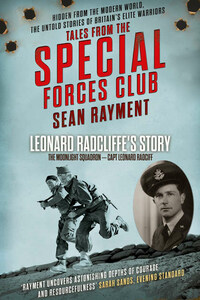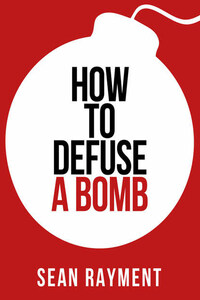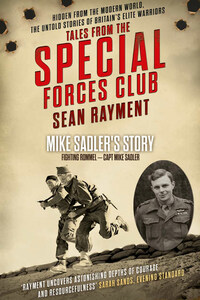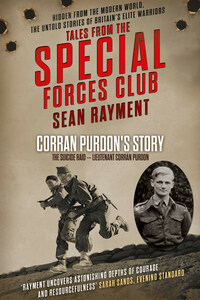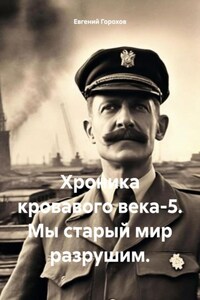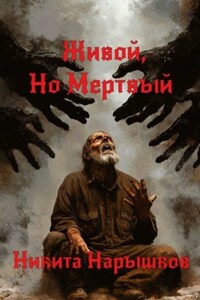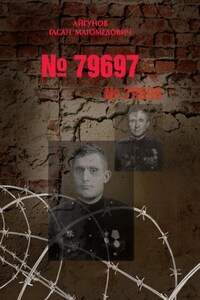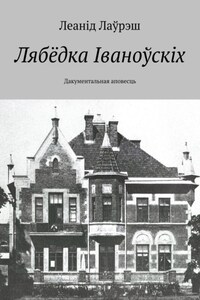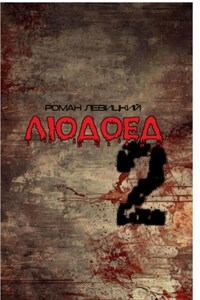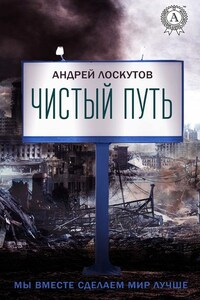TALES FROM THE SPECIAL FORCES CLUB: AN EXCERPT
The Moonlight Squadrons
Leonard Ratcliff on Flying the SOE and the SIS
âLook for me by moonlight, watch for me by moonlight, Iâll come to thee by moonlight, though hell should bar the way.â
Alfred Noyes, âThe Highwaymanâ
No. 161 (Special Duties) Squadron, which had previously existed during the First World War, was re-formed in February 1942 and tasked with parachuting or landing SOE agents into Nazi-occupied Europe. It was a mission that came with enormous risk and an exceptionally high casualty rate â by the end of the war the entire complement of the squadron had been lost three times over. Yet despite the risks and the losses there was always a steady stream of volunteers ready to risk all.
Those chosen either were, or had the potential to become, expert pilots and aircrew, but the key quality each pilot required was being able to improvise under conditions of extreme pressure. The pilots who tended to blossom in this secret world were men who showed an entrepreneurial spirit, and were of independent thought.
Wing Commander Leonard Fitch Ratcliff, DSO, DFC and Bar, AFC, Légion dâHonneur, C de G, flew with and later commanded 161 Special Duties Squadron, one of the two so-called âMoonlightâ squadrons,* the other being 138 Squadron. Both units were based at RAF Tempsford in Bedfordshire, a covert air base whose secrets only became public in 1998. By the end of the war hundreds of secret agents and tons of equipments had been either dropped by parachute or flown in to secret rendezvous across occupied Europe from RAF Tempsford.
I learnt about the Moonlight squadrons in 2009, when I was visiting an RAF base and noticed a painting of a Lysander aircraft landing at a secret rendezvous in France and dropping off a female agent. A member of the officersâ mess began to explain that the agents were ferried to their RVs in a variety of different aircraft by a very special breed of pilots. That was the first time that I had heard of Leonard Ratcliffâs name.
* * *
Leonard and I met on a sunny summerâs afternoon in the garden of his house near the town of Saffron Walden in Essex. He had only agreed to talk to me on the grounds that I didnât âpuff him upâ, as he put it. âThere are plenty of people who seem to think they won the war on their own â Iâm not one of them. My squadron was a team effort â we were wiped out three times. A lot of good men died.â
Leonardâs life plan had been to enter the family farming business and perhaps become something of an entrepreneur, but the war, at least temporarily, changed all of that.
âThe international situation was beginning to deteriorate rapidly, and when Prime Minister Chamberlain came back from a meeting with Hitler, waving a piece of paper claiming âPeace in our timeâ, it appeared to me that war was inevitable. I hated the idea of trench warfare, the Royal Navy didnât appeal, so that left the RAF.â
In February 1939 Leonard was accepted into the Royal Air Force Volunteer Reserve at Southend-on-Sea as a pilot under training with the rank of Sergeant U/T. Still only 19, he was fired with stories about the Red Baron and his chivalrous and courageous approach to air warfare. Like many young men at the time, Leonard was desperate to emulate his German hero and become a fighter pilot, but his rush to serve his country was met with frustration.
âWe were all terribly enthusiastic, but nothing happened. There was no infrastructure, no training, no uniform and certainly no aircraft, and that pretty much remained the case right up until the start of the war in September 1939. I rushed home from playing golf on the day that war was declared and almost immediately received a telegram telling me to report for active service at Southend airport by noon the following day. Well, I thought, fantastic, this is it. I shot off the following morning, leaving my mother in tears, only to find that the airfield had been completely overwhelmed with dozens of other would-be fighter aces. I was fitted with a uniform and sent on immediate leave, returning home for tea feeling like a complete and utter fraud.â
It would be nine months before Leonard learnt how to fly Tiger Moths at No. 4 Elementary Flying Training School (EFTS) in Brough, Yorkshire, on the banks of the Humber. Two months later and with 51 hours of flying under his belt, and rated âabove averageâ, he was posted to No. 10 EFTS at Ternhill in Shropshire, where he learnt how to fly a two-engine AVRO Anson. With the award of his wings, Leonard made it clear that he wanted to go into fighters.
But Leonardâs superiors had other ideas. They regarded him as a natural leader and felt that he would be more suited to leading a bombing crew in a multi-engine aircraft. Leonard was promoted to pilot officer and because he had shown a flair for navigation â a skill which would stand him in great stead later in the war â he was posted to No. 2 School for Advanced Navigation.
